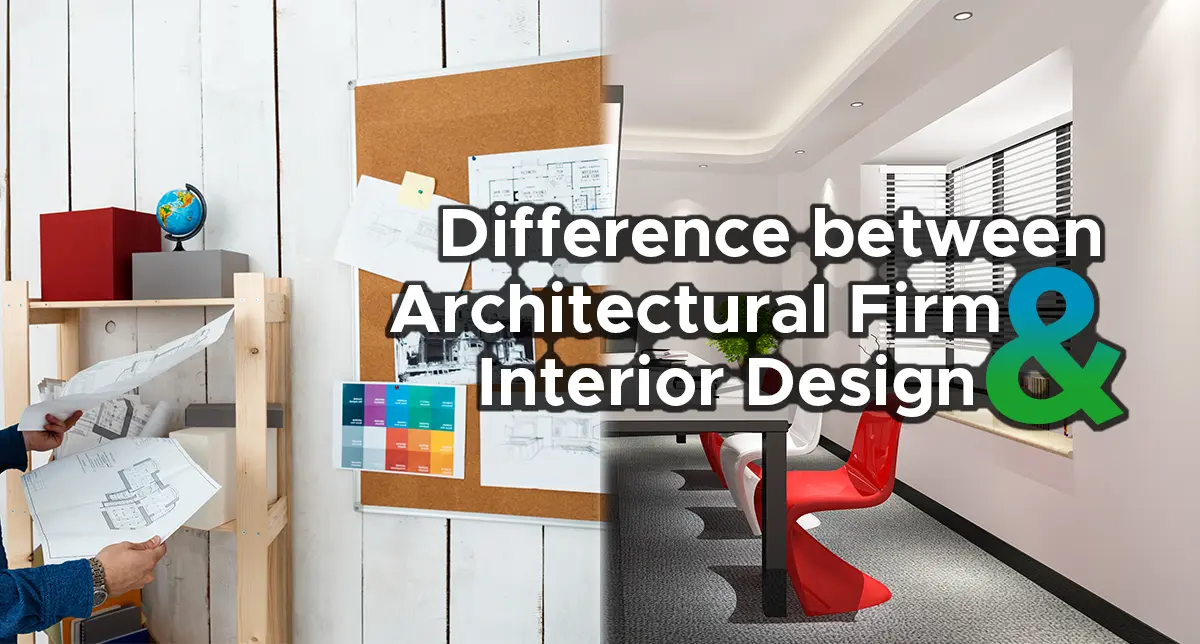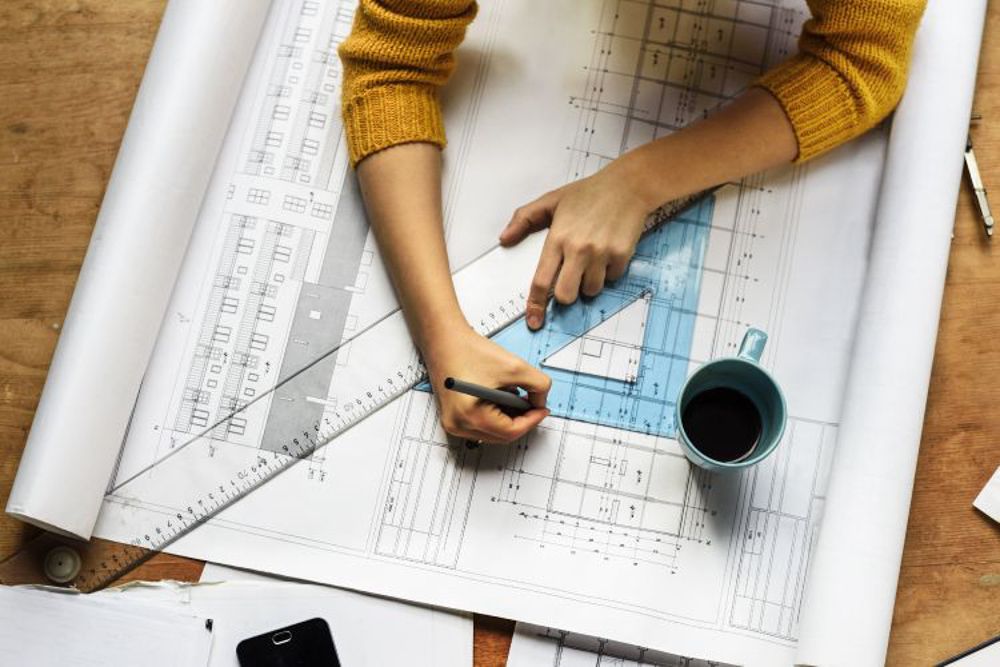Elegant Rural Home Interiors for Modern Living
Wiki Article
Taking Full Advantage Of Aesthetic Charm: The Harmony In Between Interior Design and Home Architect Strategies
Recognizing the subtle interaction in between interior decoration and home style can dramatically raise the aesthetic charm of a home. This marriage of design techniques includes a thoughtful assimilation of building aspects with interior designs, and an experienced application of principles such as equilibrium, rhythm, and comparison. As we explore this synergy, we will certainly uncover methods to create useful and visually striking settings that not only show individual style, yet also adjust to the vibrant needs of modern living.Understanding the Essentials: Specifying Interior Design and Home Architecture
Interior design and home architecture, frequently intertwined, represent the structural and visual facets of our living areas. Inside style is a diverse self-control that involves developing useful, secure, and cosmetically pleasing areas inside a building. On the other hand, home architecture primarily focuses on the strong structure of a building.The Harmony Clarified: Just How Indoor Style and Home Architecture Intersect
Recognizing the harmony in between interior layout and home design can unlock a globe of creative thinking and capability. The impact of architecture on insides is a critical element to take into consideration when discussing this intersection - Luxury home architect. This discussion will focus on the unifying design concepts that blend these 2 areas into an unified wholeUnifying Style Concepts
While it may appear that indoor layout and home architecture are two unique techniques, they are in fact deeply interconnected, creating a synergy that is necessary for developing unified living rooms. Unifying layout principles are the columns that facilitate this synergy. In significance, these principles serve as the bridge, joining interior style and architectural practices.Architectural Impact on Insides
The intertwining of indoor design and style comes to be even a lot more noticeable when one thinks about the building impact on interiors. Architectural aspects are innate to a room's functionality and aesthetic appeals, forming the design from the onset. Their synergy is thus undeniable: design develops the framework, which indoor layout enhances with decor, texture, and color.Key Concepts in Harmonizing Interior Design and Home Architecture
Striking a balance between functionality and aesthetic appeal is a basic element of integrating indoor style and home design. An equally essential principle is the integration of sustainable layout to develop eco-friendly and energy-efficient homes. Finally, understanding and discovering different building styles can also play an important role in achieving an unified style.
Balancing Capability and Looks
Balancing performance and appearances in interior decoration and home design arises as one of the vital concepts to take into consideration. This delicate equilibrium calls for a meticulous blend of functionality and charm, intending to develop spaces that are not only aesthetically pleasing but also serve their designated objective efficiently. Aesthetic appeal boosts the state of mind and impacts the assumption of space, whereas performance makes sure functionality and convenience. Secret to this equilibrium is a thoughtful option of elements such as structure, lighting, and color, which need to enhance each various other while offering their private functions. Equally important is the effective plan of the area, with a well-planned layout adding dramatically to the harmony in between performance and appearances. This unified blend ultimately enhances the quality of life for the occupants.Sustainable Style Integration
In keeping the equilibrium in between functionality and visual appeals, one have to also take into consideration the assimilation of sustainable design concepts. This method not just enhances the aesthetic appeal of an area but additionally ensures its durability and reduced environmental influence. The crucial hinge on choosing products that are eco-friendly, sturdy, and appealing. This includes all-natural, recycled, or low-impact materials that add to a much healthier and much more sustainable globe. Architects and designers can additionally incorporate energy-efficient systems, such as energy-saving appliances or solar panels. Guaranteeing great interior air quality through sufficient natural illumination and air flow here are the findings is important. An unified fusion of indoor design and home style, guided by sustainability, can create spaces that are stunning, functional, and ecologically pleasant.Exploring Building Designs
While there are a variety of architectural styles to discover, it is vital to comprehend that every one carries its distinct principles that can significantly affect the harmonization of interior decoration and home style. These styles, varying from the luxuriant Baroque to the minimal Modernist, carry distinct approaches and looks that, when correctly recognized and used, can create homes that are not just aesthetically spectacular yet likewise harmoniously incorporated in terms of design and design. Picking an architectural design is not merely regarding personal aesthetic choice; it is about picking a design language that speaks with the property owner's way of living, approach, and desires, producing a home that is a real representation of its citizens.Case Studies: Remarkable Instances of Design and Architecture Harmony
Delving right into some exceptional study provides a profound understanding of just how design and design can sympathetically combine to develop compelling and useful spaces. The legendary Fallingwater house, designed by Frank Lloyd Wright, exceptionally shows this harmony. Wright's layout masterfully integrates your house with its surrounding landscape, while the interior mirrors the exterior's organic types. One more example is the minimalistic Tadao Ando's Church of Light in Japan. The designer achieved an ideal balance between simplicity and drama, utilizing raw concrete and light. Inside, the stark, minimal design creates a sense of serenity and spiritual consideration. These instances highlight the relevance of harmony in between indoor layout and architecture in achieving practical and aesthetic success.Practical Tips: Enhancing Your Home's Aesthetic Allure
Attracting inspiration from the case researches of architectural and style synergy, homeowners also can execute some practical strategies to enhance their home's visual charm. A harmonious blend of colors, textures, and lighting can enhance an area, creating a cozy and inviting ambience. Choosing furniture that matches the architectural components of your house can cultivate a sense of unity. Wall surface index art and design items can add personality, reflecting individual design and taste. Including greenery, either via indoor plants or views to the outdoors, can bring a component of nature, delivering a relaxing effect. Brilliant use of mirrors can open a room, offering an impression of a bigger area. Eventually, the visual charm depends on stabilizing performance with layout, creating a home that is both livable and lovely.
Future Fads: Exactly How Modern Techniques Are Changing Interior Design and Design
As the world progresses, so do the trends in interior design and design. Modern methods are progressively focusing on sustainability, integrating energy-efficient designs and environmentally friendly materials. These fads mirror a change in the direction of designs that are not just aesthetically pleasing, but likewise ecologically mindful, technically progressed, and adaptable to altering way of lives.Conclusion
In conclusion, the integration of indoor style and home style techniques is a dynamic approach to boosting aesthetic appeal. By leveraging vital concepts like comparison, equilibrium, and rhythm, and integrating elements of modern-day living, designers can create functional, aesthetically pleasing atmospheres. Through recognizing this synergy, property owners can make enlightened choices that not only boost their space but additionally add to their total wellness.Recognizing the refined interplay between indoor style and home architecture can dramatically raise the visual charm of a living room.Indoor style and home style, usually intertwined, stand for the structural and visual aspects home of our living rooms.While it may appear that indoor style and home style are two distinct self-controls, they are in fact deeply interconnected, forming a harmony that is important for developing harmonious living rooms.The intertwining of interior style and design ends up being also more noticeable when one considers the architectural impact on insides. A harmonious combination of indoor design and home design, guided by sustainability, can create areas that are beautiful, functional, and ecologically pleasant.
Report this wiki page